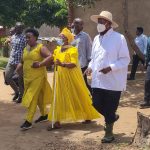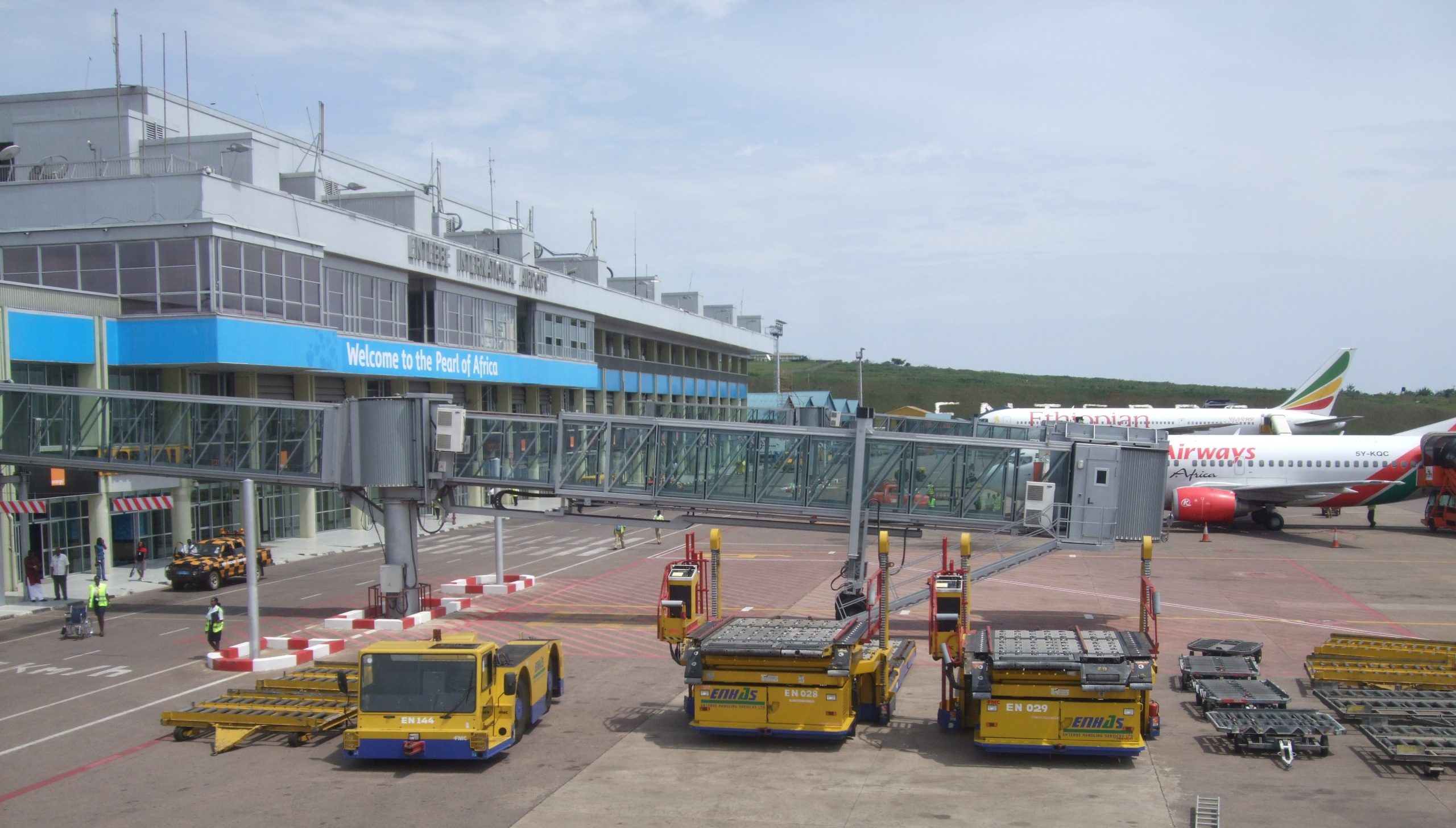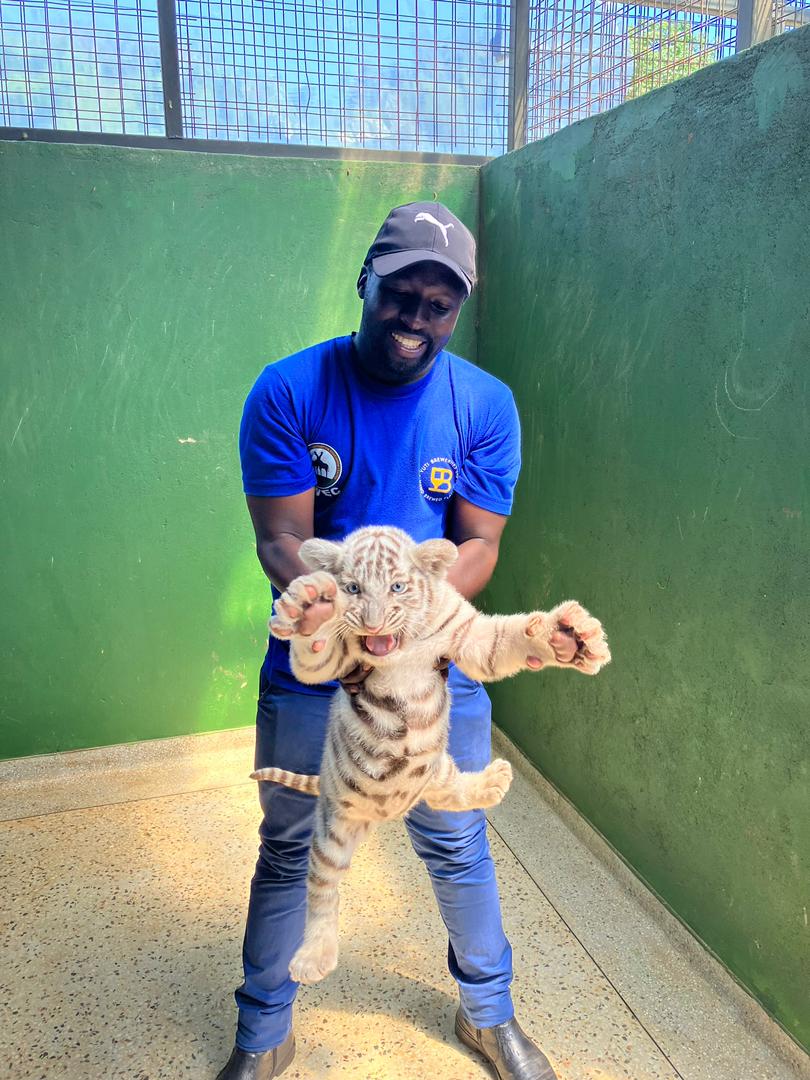The International Gorilla Conservation Programme (IGCP), in collaboration with the Greater Virunga Transboundary Collaboration (GVTC), Uganda Wildlife Authority (UWA), and other regional partners, officially launched a significant wildlife census in the Bwindi-Sarambwe ecosystem on Tuesday, May 8, 2025.
This comprehensive scientific survey, expected to last over six months, marks the sixth census for mountain gorillas in the region and, for the first time ever, includes a dedicated census of the chimpanzee population inhabiting the same forest ecosystem. This dual census represents a major step forward in integrated monitoring and conservation planning.
The primary goals of this initiative are to update the population data for the critically endangered mountain gorillas and to gather crucial baseline information on chimpanzees within this shared habitat.
The previous mountain gorilla census, conducted in 2018, recorded 459 individuals living in 36 social groups and identified 16 solitary gorillas within the Bwindi-Sarambwe region. When combined with data from the 2015 Virunga Massif census, the global mountain gorilla population was estimated at 1,063 individuals.
A key advancement in this year’s census is the localization of genetic analysis. “Unlike previous censuses where samples were analyzed abroad, this time genetic analyses will be conducted regionally—strengthening local capacity in both equipment and expertise,” stated Jean-Paul Hirwa, Deputy Director of IGCP.
Currently, six field teams comprising members from 11 institutions are actively traversing the forest. Their tasks include collecting fecal samples for DNA analysis, identifying nesting sites, and documenting other physical indicators of gorilla presence. Conducting these analyses within the region is anticipated to expedite the process and enhance local scientific capabilities.
“This census will provide vital data on the age and sex structure of the population and the spatial distribution of gorilla groups,” explained Wellard Makambo, Director of IGCP. “These insights are crucial for effective conservation strategies.”
The official launch event took place in the Ruhija sector of Bwindi Impenetrable National Park, bringing together conservation stakeholders from across the region and highlighting the importance of cross-border collaboration.
Irène Murerwa, Chairperson of GVTC and Chief Tourism Officer at the Rwanda Development Board, emphasized the scientific and apolitical nature of the endeavor, stating, “The census is a purely scientific endeavor, free of political interests. We must remain united in protecting our shared natural heritage.”
Uganda, home to nearly half of the world’s remaining mountain gorilla population, plays a critical role in global conservation efforts. This census offers a valuable opportunity to assess the effectiveness of past conservation interventions and to guide future strategies.
Dr. James Musinguzi, Executive Director of UWA, underscored the importance of data-driven management, saying, “You can’t manage what you don’t know. This survey allows us to assess the effectiveness of our conservation efforts. The numbers will show whether our strategies are working.” He also highlighted the census as a platform for strengthening technical collaboration among conservation institutions, noting, “It will help us identify gaps, target areas needing more attention, and make informed decisions based on empirical evidence.”
For local conservation leaders, the census provides insights beyond mere population counts. Nelson Guma, Chief Warden of the Bwindi-Mgahinga Conservation Area, explained, “It will provide insight into the integrity of protected areas as critical habitats for endangered mountain gorillas.”
The final results of the census are expected in 2026 and will serve as an updated benchmark for both regional and global conservation planning efforts.
In a significant expansion of scope, this year’s census includes a dedicated survey of chimpanzees within the Bwindi-Sarambwe ecosystem. This addition reflects a growing commitment to multi-species conservation and a broader understanding of the complex dynamics within this vital ecosystem.
“This census will assess habitat conditions and identify key threats to chimpanzees,” said Dr. James Byamukama, Executive Director of the Jane Goodall Institute. “Expanding our conservation focus to include other primates is both timely and necessary.”
By integrating chimpanzee data into the census, conservationists aim to prioritize interventions that benefit not only iconic species like the mountain gorilla but also the often-overlooked, yet equally vulnerable, primate species that share these critical forest habitats.




















